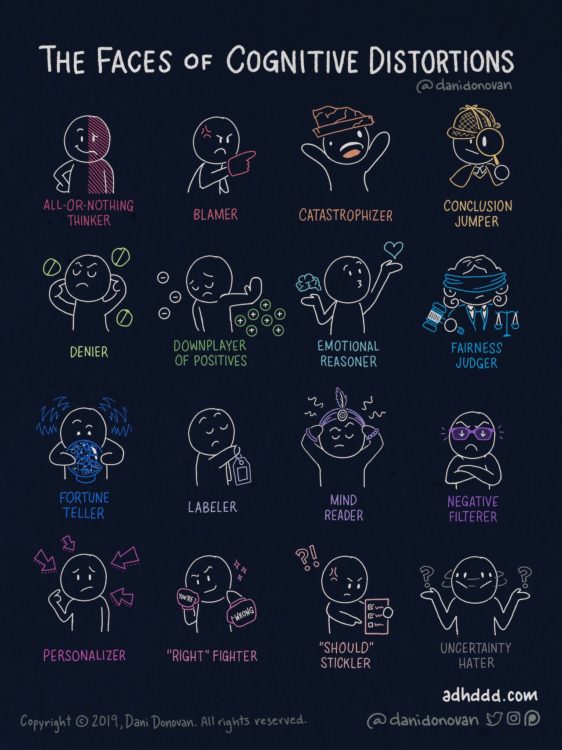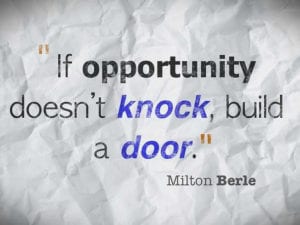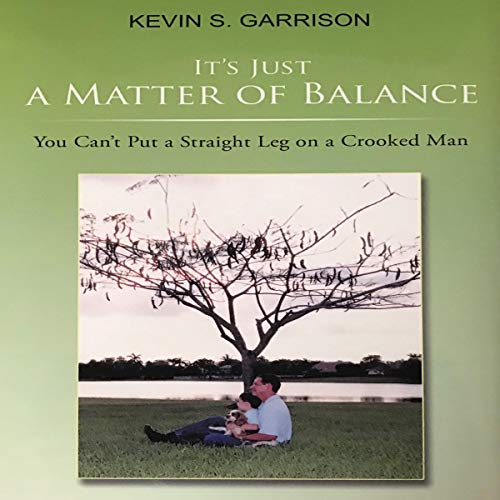Stopping Amputation Cognitive Distortions
Stopping the amputation cognitive distortions is a way to resolve your negative thinking, A cognitive distortion is a pattern of thoughts not based on facts. It is an amputee thinking that they will never get back to normal. It is calling yourself a cripple for the rest of your life. Our thoughts have a significant impact on how we feel and how we behave. When you treat these negative thoughts as facts, you see yourself and act in a way based on faulty assumptions. If you ignore them, hoping they go away, This could contribute to your depression and anxiety. Stopping amputation cognitive distortions is very important in having a successful recovery. Stopping amputation cognitive distortions means controlling negative thoughts that are defeating your amputation recovery. These distortions are common cognitive patterns that prevent recovery from a limb loss,
Cognitive Behavioral Therapy or CBT helps you become aware of inaccurate or negative thinking so you can view challenging situations more clearly and respond to them more effectively. Cognitive behavioral therapy gained notoriety in the 1980s but earned the nickname argument therapy because it was so verbal. You can learn to identify cognitive distortions to know when your mind tricks you. Then you can reframe and redirect your thoughts so that they have less of a negative impact on your mood and behaviors. In 1976, psychologist Arron Beck proposed the theory behind cognitive distortions, and in the 1980s, David Burns popularized it with common names and examples in Games People Play. It developed into stopping amputation cognitive distortion.
1. All-or-Nothing Thinking (Black-and-White Thinking): After losing their limb, the person feels that their life is over and they can never lead a fulfilling life again because they can’t do all the activities they used to do before the amputation. The best way to treat this is to focus on smaller obtainable steps
3. Discounting the Positive: Despite significant progress, the amputee concludes there is nothing but hardship ahead. They focus only on frustration or setbacks, feeling like their achievements are insignificant. Recognizing this is seeing the future as inevitably negative is just one-sided.
4. Mental Filter: The individual might concentrate on the limitations and challenges they face with their new physical condition, ignoring the opportunities and possibilities for a fulfilling life.
5. Jumping to Conclusions: The amputee assumes that others see them as helpless or weak solely based on their amputation, without considering that people may view them positively for their resilience and determination.
6. Emotional Reasoning: Feeling overwhelmed by sadness or anger, the person may believe they are destined to be unhappy forever due to their amputation without considering the potential for emotional growth and resilience.
7, Should Statements: The individual may put undue pressure on themselves, thinking they should be able to adapt to their new circumstances quickly and that any difficulty is a personal failure.Should rather than could be reestablishing your self-control.
8, Labeling: Amputees have been known to start calling themselves “broken” or “useless” because of their amputation, ignoring all their other strengths and qualities. Reframing can replace labeling when you concentrate on it.
9. Personalization: Blaming themselves entirely for the accident or event that led to their amputation, even if it was beyond their control.
10. Catastrophizing: Fearing that they will never find love, have a successful career, or enjoy life to the fullest due to their amputation, imagining the worst possible outcome in every aspect of their future. Gradual exposure prevents catastrophizing from expanding too much.
These cognitive distortions can create a negative feedback loop, influencing emotions, behavior, and perceptions. Stopping amputation cognitive distortions will reduce the effect of these thoughts. Cognitive-behavioral therapy (CBT) is a common therapeutic approach that aims to identify and challenge these distortions helping individuals develop healthier thinking patterns and cope with their physical and emotional recovery. Cognitive Behavioral Therapy is a specific treatment for cognitive distortions. Finding an amputee coach familiar with the treatment would help immensely
Cognitive functioning in persons with lower limb amputations: a review
Psychiatric understanding and treatment of patients with amputations





Hi my family member! I want to say that this post is awesome, nice written and come with approximately all significant infos. I would like to peer extra posts like this.
Matt I am glad you liked the article about cognitive Behavorial Therapy for amputees. I am planning several articles on the other forms of cognitive problems. I send you a notice when they are published.